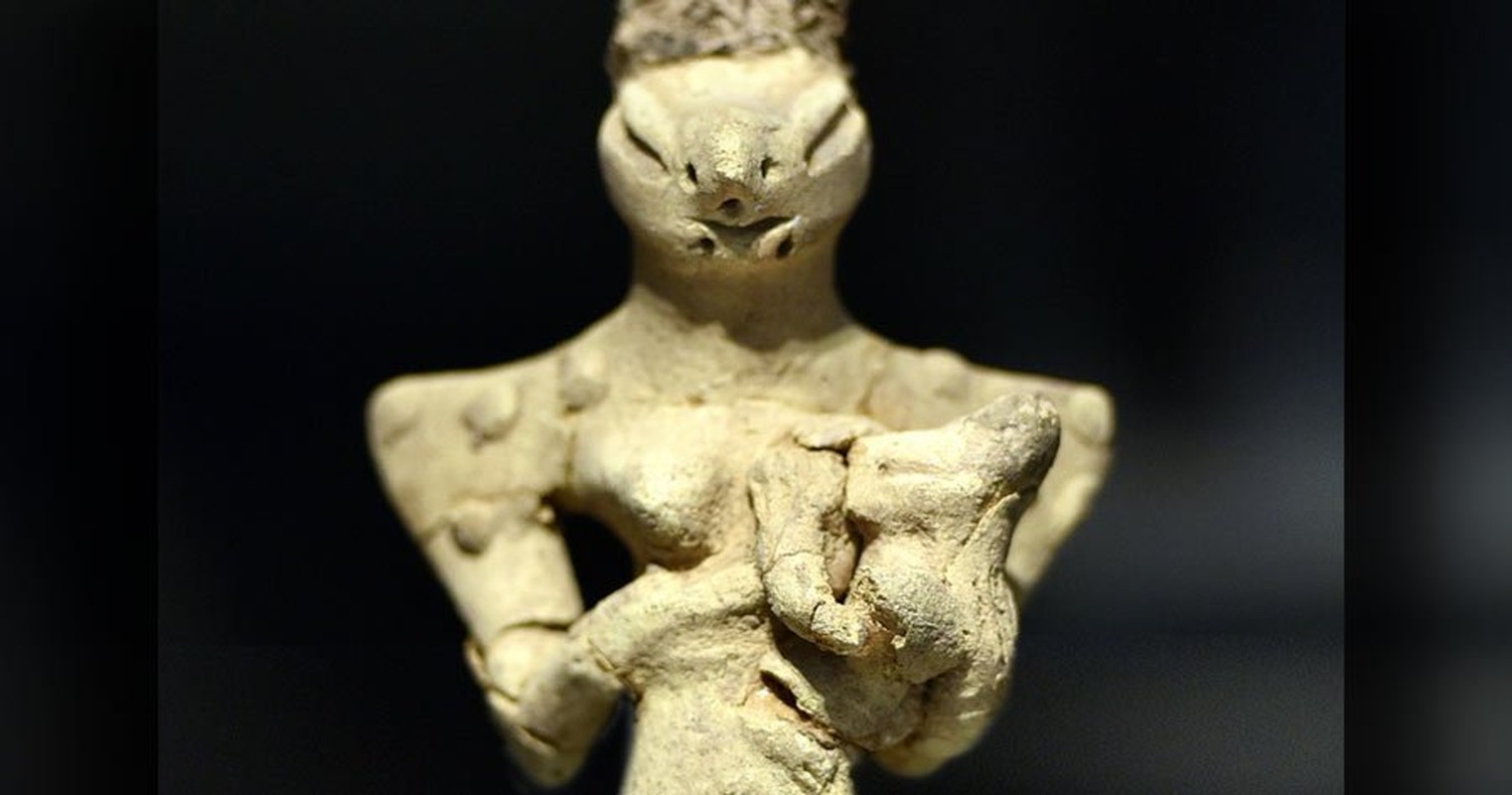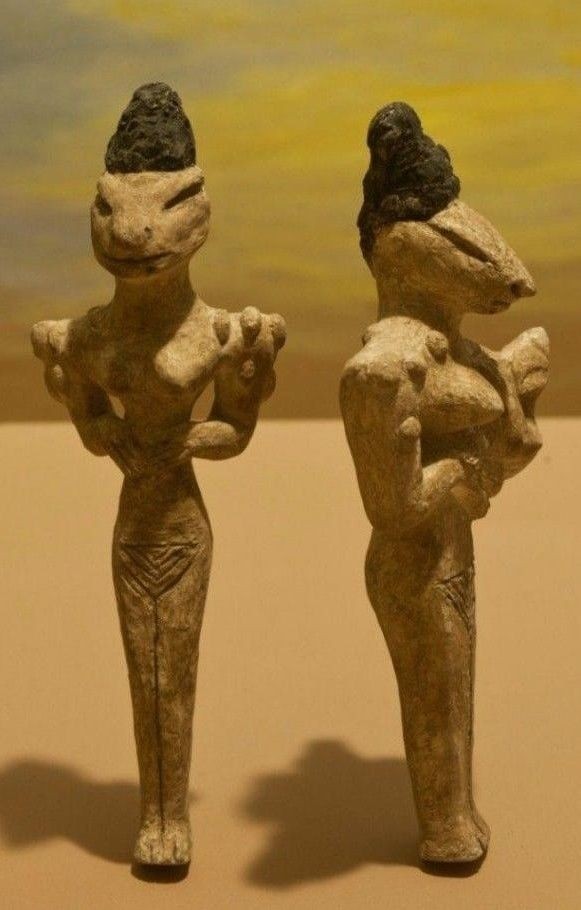In the annals of ancient archaeology, few artifacts are as enigmatic and provocative as the Ubaid Lizard Man statues. Discovered in what is now modern-day Iraq, these statues, which date back over 7,000 years, depict humanoid figures with distinctly reptilian features and alien-like faces. The discovery of these statues has fueled speculation and debate among researchers and enthusiasts about their origins, purpose, and possible connection to extraterrestrial beings.

The Ubaid Culture: The Ubaid culture, which flourished in Mesopotamia from approximately 6500 to 3800 BCE, is considered one of the earliest known civilizations in the region. Preceding the Sumerians, the Ubaid people established advanced settlements, practiced agriculture, and engaged in long-distance trade. The Ubaid culture is also noted for its distinctive pottery, architecture, and artifacts, including the mysterious Lizard Man statues.

Discovery of the Lizard Man Statues: The Ubaid Lizard Man statues were first unearthed in the early 20th century during excavations at the ancient site of Tell Al’Ubaid. These figurines, made from clay, depict humanoid figures with elongated heads, large almond-shaped eyes, and pronounced snouts or muzzles, resembling lizards or reptiles. The statues vary in size and detail, with some depicting male and female figures in various poses, often holding objects or cradling infants.

Interpretations and Theories: The peculiar features of the Ubaid Lizard Man statues have led to various interpretations and theories regarding their significance. Some scholars suggest that the statues represent deities or mythological beings worshipped by the Ubaid people. The reptilian characteristics could symbolize fertility, regeneration, or other natural forces, reflecting the cultural and religious beliefs of the time.
However, the distinctly alien-like appearance of the Lizard Man statues has also given rise to more unconventional theories. Proponents of the ancient astronaut theory argue that the statues may depict extraterrestrial beings who visited Earth in antiquity and interacted with the Ubaid culture. According to this perspective, the reptilian features of the statues could indicate that these beings were not human but rather visitors from another world.
Archaeological and Contextual Evidence: While the extraterrestrial hypothesis is intriguing, it remains speculative and controversial within the academic community. Archaeologists emphasize the importance of contextual evidence in understanding the significance of the Ubaid Lizard Man statues. The figurines were often found in domestic and ceremonial contexts, suggesting that they held religious or symbolic meaning for the Ubaid people.
Additionally, comparative analysis with other ancient cultures reveals that reptilian and hybrid human-animal depictions were not uncommon in the ancient world. Similar motifs appear in the art and mythology of various civilizations, including ancient Egypt, Mesoamerica, and the Indus Valley, where they often symbolized complex theological and cosmological concepts.
The thousand-year-old mystery of the Ubaid Lizard Man statues continues to captivate and perplex both scholars and enthusiasts. While mainstream archaeology tends to favor cultural and religious interpretations, the statues’ alien-like features have fueled ongoing speculation about potential extraterrestrial connections. As new discoveries and advancements in technology shed light on our ancient past, the enigmatic Lizard Man statues serve as a reminder of the rich and diverse tapestry of human history and the enduring allure of the unknown. Whether they represent deities, mythological beings, or visitors from another world, the Ubaid Lizard Man statues remain a fascinating and enduring puzzle in the story of human civilization.

